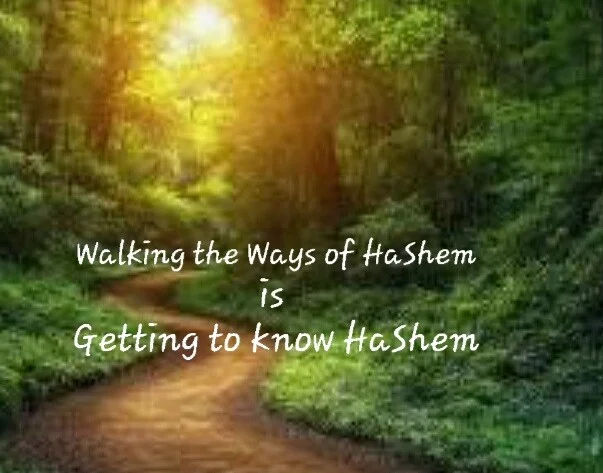Shabbat Terumah
- WireNews

- Feb 3, 2022
- 4 min read
Exodus, Chapter 25-27:20 - The Lost Ark
by Rabbi Jeremy Rosen

We are now reading about the construction of the Tabernacle. Its design and its contents.
Its dimensions are similar to many ancient religious structures that have been found across the ancient Middle East both in the construction of palaces and temples, and they mirror the dimensions of Noah’s Ark and the three levels of Sinai.
The Tabernacle was the House of God, symbolizing the Divine Presence. It was the center of religious ceremonies. It was the seat of the judiciary, and the place people came to with their requests and petitions. In pagan cultures, the King was the representative of their gods on earth. Religion, Government, and Justice were integrated into a holistic world where the physical and spiritual were interconnected and given “dwelling places.” The Mishkan, as it was called, was the symbolic “home of God on Earth,” it was the centerpiece of the Jewish people and their culture. It was also called the Ohel Moed, the tent where everyone gathered, to combine the personal with the communal.
In this pre-Temple form, the structure was collapsible, except for the Ark. Which was made of wood, covered with gold. It was called the Aron HaEdut, the Ark of Testimony, because it specifically symbolized the covenant and commitment between Israel and God which possibly explains the two golden cherubs, part wings, part faces, opposite each other on top. Inside were the Tablets of Stone and the pieces that Moses smashed, as well as a copy of the Torah. The tabernacle was brought into the Land of Canaan and moved around from place to place. The Ark was even captured at one stage by the Philistines, but then returned because it was causing disruption. Finally, it rested in Solomon’s Temple.
According to the Bible, the Temple was sacked many times before it was destroyed by the Babylonians. The contents were either taken away and melted down or destroyed. There was no ark in the Second Temple. And we have managed without one for two thousand years. Yet people have been trying for a very long time to see if it can be found. Either under the Temple Mount or in various other places from Africa to China and even in the cellars of the Vatican, let alone Hollywood. Of course, this is all fantasy. The gold was melted down and the wood burned.
The Ark itself seems to have had supernatural powers. Anyone touching it would die according to the Bible. Thus, it has captured the imagination. The idea that relics have magical powers goes back a long way. In the west, the Crusaders a thousand years ago scoured the Holy Land for relics of their founding Saints. They searched for the wood and nails of the cross ( even though roman crucifixion did not waste precious metal.) They searched for the blood of those crucified, their nails and their hair, and for golden chalices. Huge amounts were apparently found and traded for vast sums of money, to be placed in churches as aids to worship and as cures. Enough wooden crosses and nails to build a cathedral and enough blood to fill a lake. Yet they were all worshipped and paraded, and people swore they cured them. Many Churchmen objected and there were attempts to destroy them. But the populace loved them and relied on them. We, humans, seem to need magic, mystery, and solutions to all our problems just as much as the idol worshippers of old.
And so it is with us today. Within our Sephardic and Chassidic communities, there is a long tradition of revering their mystical rabbis and dynastic heads known as Rebbes. The followers are given or collect shirayim, literally, the remnants, bread, wine, fish, anything from the Rebbes table, as a blessing, and often kept a relic with magical powers. In recent years clothes, hats, watches, artifacts of Rebbes change hands for large sums of money, and they all guarantee blessings. A whole industry has now sprung up of relatives swearing that this or that garment or even button, is certified as the one the great man wore. You might argue it is a placebo. But to me, it is no different from the relics or myths of the crusaders.
The Torah this week, although it describes the construction of the Tabernacle as symbolizing God’s presence within the community, also says that it symbolizes God’s presence in each one of us, to build a sanctuary in our hearts. To have a relationship with God, rather than with objects.
Shabbat Shalom and Happy New Month of Adar Rishon.
Jeremy
###
Jeremy Rosen was born in Manchester, England, the eldest son of Rabbi Kopul Rosen and Bella Rosen. Rosen's thinking was strongly influenced by his father, who rejected fundamentalist and obscurantist approaches in favour of being open to the best the secular world has to offer while remaining committed to religious life. He was first educated at Carmel College, the school his father had founded based on this philosophical orientation. At his father's direction, Rosen also studied at Be'er Yaakov Yeshiva in Israel (1957–1958 and 1960). He then went on to Merkaz Harav Kook (1961), and Mir Yeshiva (1965–1968) in Jerusalem, where he received semicha from Rabbi Chaim Leib Shmuelevitz in addition to Rabbi Dovid Povarsky of Ponevezh and Rabbi Moshe Shmuel Shapiro of Yeshivat Be'er Ya'akov. In between Rosen attended Cambridge University (1962–1965), graduating with a degree in Moral Sciences.








